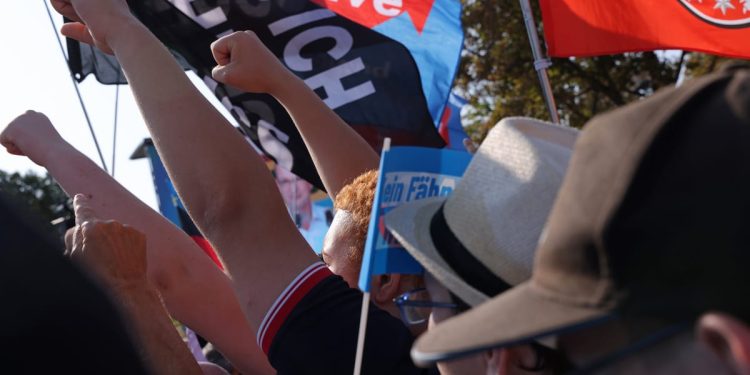
A ban on young alternatives would have been much easier to implement legally, which explains why the members moved to dissolve it. The former leader of the group said so much at the head of the election of the German nation on February 23.
“It is not realistic to ban a party that has more than 20% of the popular vote,” said Hannes Gnauck, chief of the AFD youth branch. “But attacking where we are the weakest, namely the unregistered association of the young alternative, is realistic.”
The creation of a wing for AFD young people who are under the control of the party will protect the new group by considerably increasing the legal obstacle to prohibit it. As part of the new structure, all members of the youth wing over 16 years old would automatically become party members.
“There are many indications that the new organization of young people will become more professional and that it will become stronger overall,” said Heinze, researcher from the University of Trier. “He will, for example, have access to more financial resources, because she will have more paying members.”
The wing for the now dissolved young people of the party had become more and more influential in recent years, attracting many young voters with online campaigns which included videos generated by AI depicting the expulsion (“remigration”) of migrants from Germany in mass. Youth members have also created a video game on the theme of expulsion, while young far -right influencers have flooded social media networks like Tiktok.
AFD finished second by voters aged 18 to 21 in the country’s February 23 elections with 21%, an increase of 14 percentage points compared to the previous national elections.
According to some party members, the start of a new group of young people will help AFD present as a more pleasant option for voters who have long rejected the party because of its extremist stigmatization.
“All that is a step towards normality will of course be well received,” said Matthias Moosdorf, a national parliamentary for AFD.
Politices


